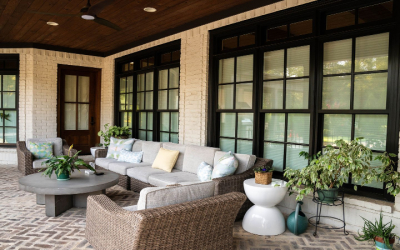One very important aspect of maintaining a building or campus is efficiency, and what could be more efficient than combining the heat and power production for the facility? This option is actually available and makes a lot of sense for some facilities, particularly those that currently use a central heat and boiler system to serve 120 rooms or more and have ready access to natural gas or propane. A system that combines heat and electricity production, called cogeneration, can significantly reduce waste and expense for those who are able to use such a system.
One very important aspect of maintaining a building or campus is efficiency, and what could be more efficient than combining the heat and power production for the facility? This option is actually available and makes a lot of sense for some facilities, particularly those that currently use a central heat and boiler system to serve 120 rooms or more and have ready access to natural gas or propane. A system that combines heat and electricity production, called cogeneration, can significantly reduce waste and expense for those who are able to use such a system.
How It Works
Combined heat and power systems work a lot like the engine, electric and heating system in an automobile. Fuel is burned to turn an engine or generator which creates power, which in turn creates heat. The heat is then used to heat water and provide normal space heating for a building or facility. The idea is to get two uses from the same amount of fuel with very little waste.
Fuel
Systems that provide both heat and power can run on a variety of fuel sources, but the most popular by far is natural gas. Natural gas is relatively inexpensive, burns fairly clean and is readily available—most businesses already have natural gas service for heat or emergency generators. Propane is another popular choice for fueling a combined heat and power plant.
Comparison to Traditional Heat and Power Generation
The traditional way to get heat and power for a business or home is, of course, to get them separately. Power is usually provided from some distant power plant, with the electricity being sent to the building through power lines. Heat is created in a boiler on site, and those could be fueled by natural gas, electricity or heating oil. This is an inefficient method, since the heat created at the electric plant is rarely used for anything, the electricity experiences some loss during transmission, and you are forced to burn new fuel to make heat. In general, the traditional method of obtaining electricity is 35 percent efficient and using a conventional heating boiler yields about 65 percent seasonal efficiency. By comparison, combined heat and power systems often run at about 90 percent efficiency.
If you think your business might be a good candidate for combined power and heat, go Energ-rudox.com today to find out what options are available to you.


